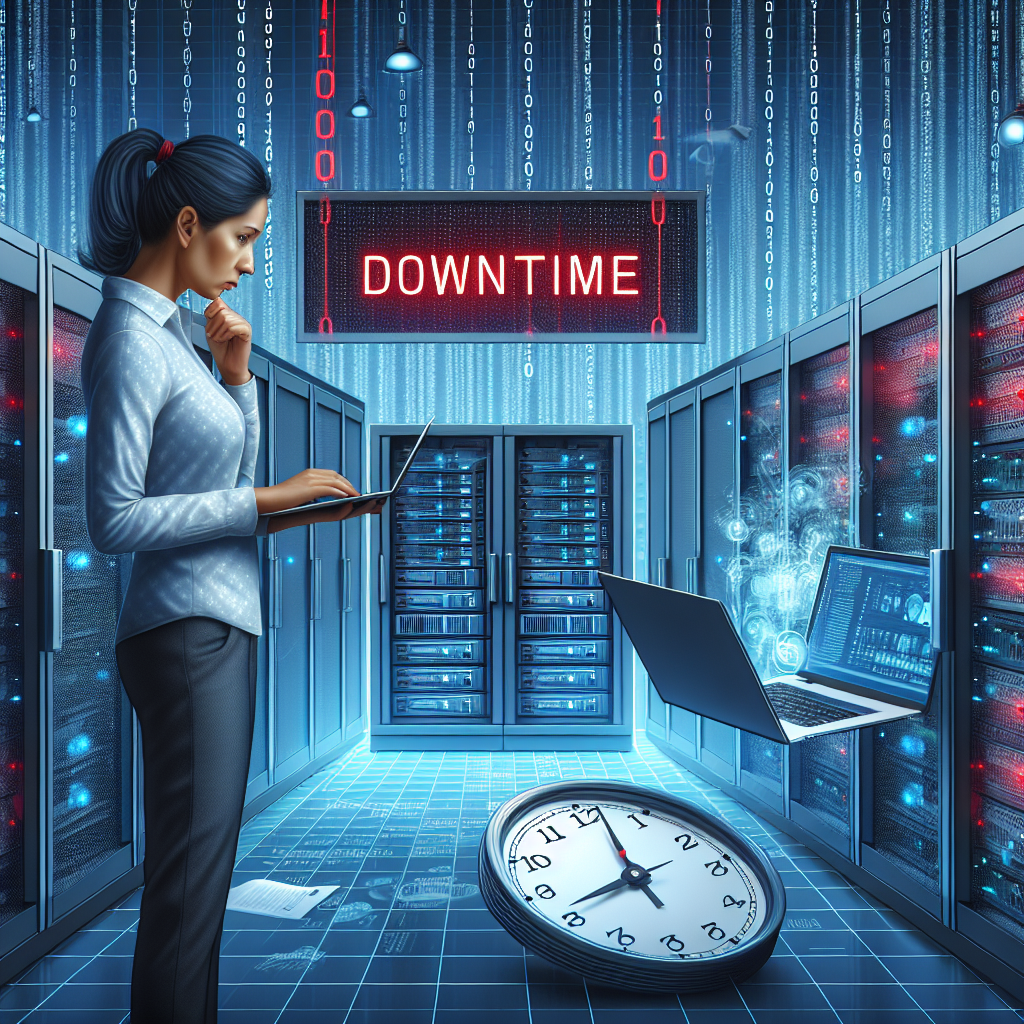Your cart is currently empty!
Data Center Downtime: What Every IT Professional Needs to Know

Data centers are the heart of any organization’s IT infrastructure, serving as the central hub for storing, processing, and managing critical data. However, despite their importance, data centers are not immune to downtime, which can have serious consequences for businesses. In this article, we will discuss what data center downtime is, why it happens, and what IT professionals need to know to prevent and mitigate its impact.
What is Data Center Downtime?
Data center downtime refers to the period of time during which a data center is not operational or experiencing disruptions in its services. This can be caused by a variety of factors, including power outages, hardware failures, software glitches, human error, or natural disasters. Downtime can result in loss of data, decreased productivity, damaged reputation, and financial losses for businesses.
Why Does Data Center Downtime Happen?
There are several reasons why data center downtime occurs. One of the most common causes is power outages, which can be caused by electrical failures, grid failures, or equipment malfunctions. Hardware failures, such as server crashes or storage failures, can also lead to downtime. Software glitches, such as bugs or compatibility issues, can disrupt data center operations as well. Human error, such as misconfigurations or accidental deletions, can also cause downtime. Lastly, natural disasters, such as hurricanes, tornadoes, or earthquakes, can damage data center facilities and lead to downtime.
What IT Professionals Need to Know
IT professionals play a crucial role in preventing and mitigating data center downtime. Here are some key things they need to know:
1. Implement Redundancy: IT professionals should implement redundancy in their data center infrastructure to ensure that there are backup systems in place in case of failures. This can include redundant power supplies, backup generators, and mirrored data storage.
2. Conduct Regular Maintenance: Regular maintenance of data center equipment is essential to prevent hardware failures and software glitches. IT professionals should perform routine checks, updates, and repairs to keep the data center running smoothly.
3. Disaster Recovery Planning: IT professionals should have a disaster recovery plan in place to ensure that data can be quickly restored in case of a catastrophic event. This may involve backing up data offsite, having a secondary data center location, and testing the recovery plan regularly.
4. Monitoring and Alerts: IT professionals should implement monitoring tools and alerts to quickly identify and address potential issues that could lead to downtime. This can help them proactively respond to problems before they escalate.
5. Training and Education: IT professionals should stay up-to-date on the latest technologies and best practices for data center management. Continuous training and education can help them improve their skills and knowledge to prevent downtime.
In conclusion, data center downtime can have serious consequences for businesses, but IT professionals can take steps to prevent and mitigate its impact. By implementing redundancy, conducting regular maintenance, having a disaster recovery plan, monitoring and alerts, and staying informed, IT professionals can help ensure that their data center remains operational and secure.

Leave a Reply